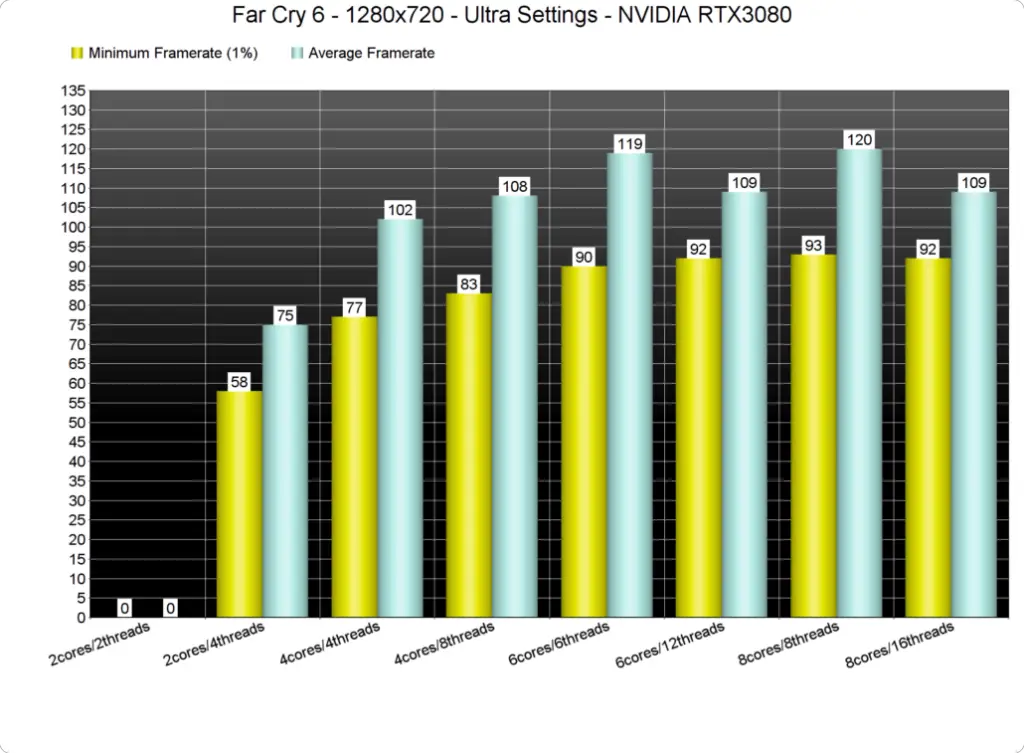Far Cry 6 PC Requires Graphics Cards with More Than 11 GB VRAM to Properly Load High-Resolution Textures
Far Cry 6 is out today, and several PC performance benchmarks were released yesterday by various tech outlets. While the game performs admirably, it is not without flaws, one of which may affect high-end NVIDIA graphics cards.
Far Cry 6 looks stunning on PC, but it has some issues with texture loading and CPU single-threaded performance.
While the game generally performs well on most graphics cards and processors, DSOGaming has discovered that the game is unable to load its high-resolution texture pack on high-end NVIDIA graphics cards while also suffering from significant CPU single-thread performance issues.
According to the report, Far Cry 6 PC comes with a 35 GB HD Texture Pack. The HD Texture pack is said to require at least 11-12 GB of VRAM to function properly, but it appears that even the high-end GeForce RTX 2080 Ti couldn’t properly load these textures. NVIDIA’s GeForce RTX 3080 has only 10 GB of VRAM, and while it has memory compression techniques to conserve bandwidth and capacity, this does not apply to either high-end card. In fact, due to their higher VRAM capacity, the GeForce RTX 3060, RTX 3080 Ti, and RTX 3090 may be the only graphics cards capable of running the texture pack.
Turning off the HD Texture Pack in Far Cry 6 on PC resulted in textures being displayed as normal, but this is the only solution for the time being until the developers decide to lower the VRAM requirements for the HD pack.

There appears to be a problem with CPU Thread performance scaling in the game as well. While Far Cry 6 PC appreciates modern CPUs with higher IPC, it has some issues with multi-threaded scaling. When the CPU threads were disabled, performance improved compared to when they were enabled. And it wasn’t just a minor performance boost, but one of up to ten frames per second.
Far Cry 6 is available for PC today, and we can expect a small patch to address some of these issues either today or in the coming weeks. We will keep you updated on post-launch developments.
